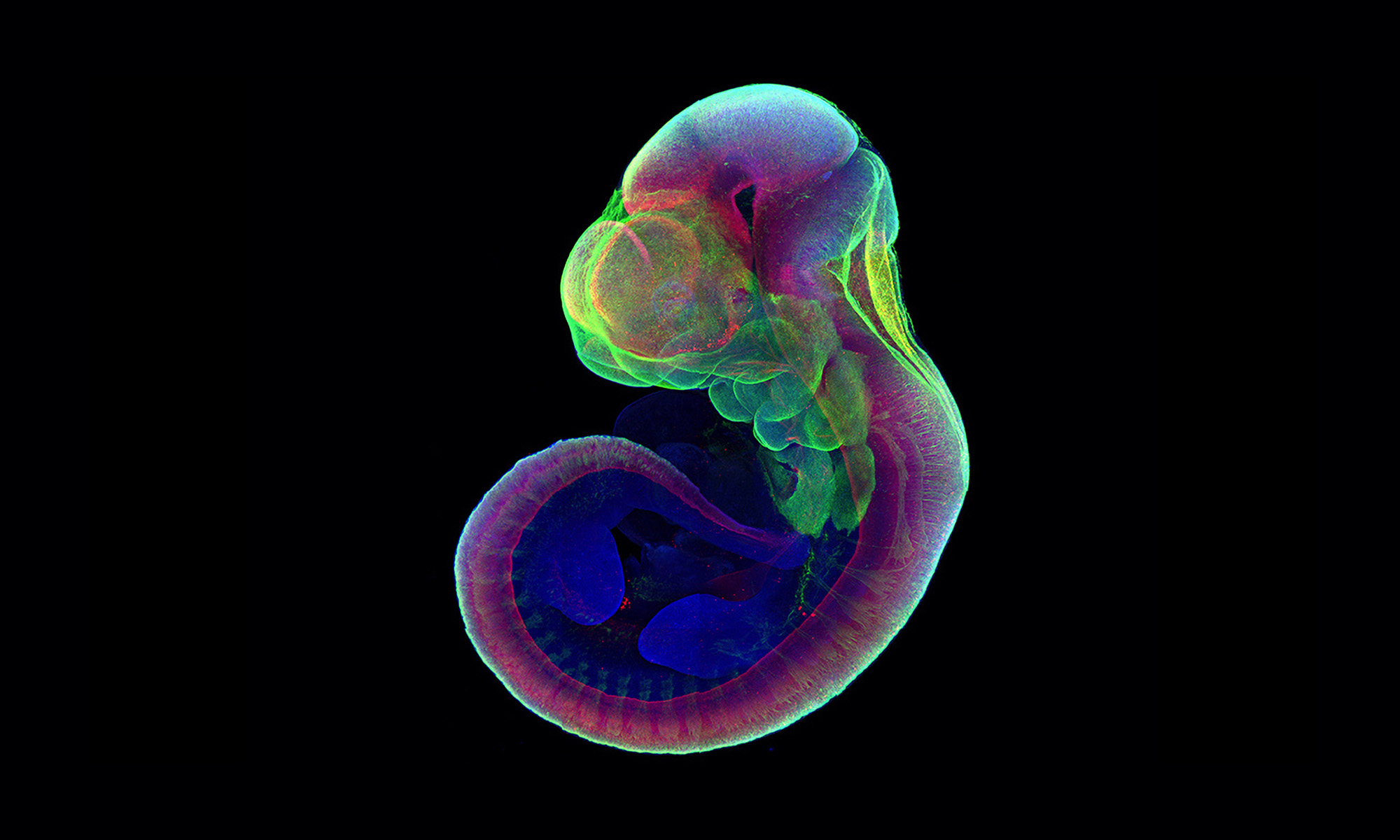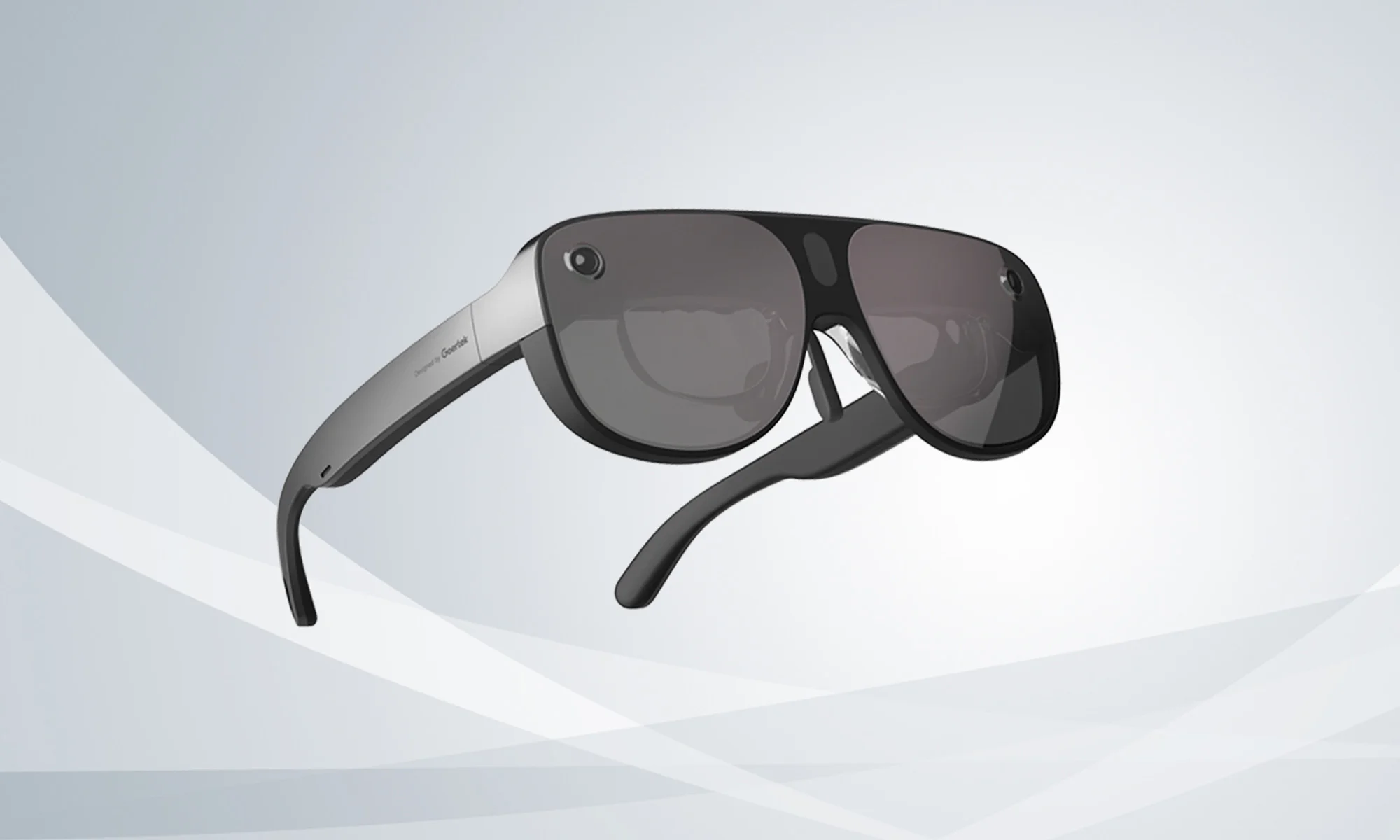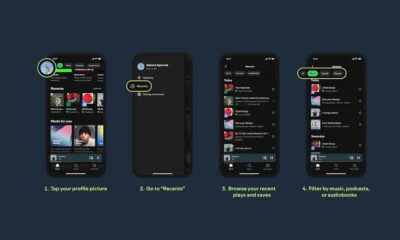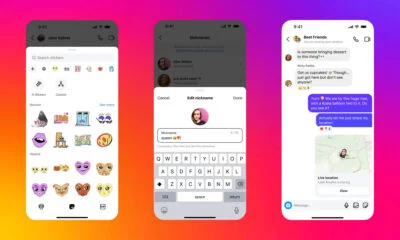News
Israelis Have Successfully Grown Mouse Embryos In Artificial Wombs

Thanks to the work of a group of Israeli scientists, we’re one step closer to being able to grow human babies in artificial wombs. The scientists, led by Professor Jacob Hanna, have successfully extracted 250 embryos from pregnant mice and placed them in a contraption designed to simulate the uterine wall and give the embryos the right conditions to grow.
“We have grown hundreds of mice in this way, in a method that has taken seven years to develop, and I’m still captivated every time I see it,” said Hanna, who works at the Weizmann Institute of Science, a public research university in Rehovot, Israel. “This could be relevant to other mammals, including humans, though we acknowledge that there are ethical issues related to growing humans outside the body.”
Hanna and his team have revealed their breakthrough in the peer-reviewed journal Nature, a multidisciplinary publication known for publishing the finest research from a variety of academic disciplines.
Previous experiments of this kind involved fetuses with already developed organs, such as when the Children’s Hospital of Philadelphia grew fetal lambs for over four weeks in artificial wombs back in 2017. The Israel-based team started with five-days old embryos consisting of just 250 cells, placing them into a special liquid to provide nourishment.
Also Read: Amazon Is Planning To Create Over 1,500 Jobs In Saudi Arabia
“By day 11, they make their own blood and have a beating heart, a fully developed brain. Anybody would look at them and say, ‘this is clearly a mouse fetus with all the characteristics of a mouse.’ It’s gone from being a ball of cells to being an advanced fetus,” explained Hanna.
While this experiment certainly invokes unsettling scenes from the movie Matrix, with machines growing humans in massive quantities to extract electricity from their bodies, scientists are still a long way from applying the research to create life outside the human body. It’s even possible that the ethical issues surrounding such research will lead to its bad, or at least a heavy regulation.
News
Samsung Smart Glasses Teased For January, Software Reveal Imminent
According to Korean sources, the new wearable will launch alongside the Galaxy S25, with the accompanying software platform unveiled this December.

Samsung appears poised to introduce its highly anticipated smart glasses in January 2025, alongside the launch of the Galaxy S25. According to sources in Korea, the company will first reveal the accompanying software platform later this month.
As per a report from Yonhap News, Samsung’s unveiling strategy for the smart glasses echoes its approach with the Galaxy Ring earlier this year. The January showcase won’t constitute a full product launch but will likely feature teaser visuals at the Galaxy S25 event. A more detailed rollout could follow in subsequent months.
Just in: Samsung is set to unveil a prototype of its augmented reality (AR) glasses, currently in development, during the Galaxy S25 Unpacked event early next year, likely in the form of videos or images.
Additionally, prior to revealing the prototype, Samsung plans to introduce…
— Jukanlosreve (@Jukanlosreve) December 3, 2024
The Galaxy Ring, for example, debuted in January via a short presentation during Samsung’s Unpacked event. The full product unveiling came later at MWC in February, and the final release followed in July. Samsung seems to be adopting a similar phased approach with its smart glasses, which are expected to hit the market in the third quarter of 2025.
A Collaborative Software Effort
Samsung’s partnership with Google has played a key role in developing the smart glasses’ software. This collaboration was first announced in February 2023, with the device set to run on an Android-based platform. In July, the companies reiterated their plans to deliver an extended reality (XR) platform by the end of the year. The software specifics for the XR device are expected to be unveiled before the end of December.
Reports suggest that the smart glasses will resemble Ray-Ban Meta smart glasses in functionality. They won’t include a display but will weigh approximately 50 grams, emphasizing a lightweight, user-friendly design.
Feature Set And Compatibility
The glasses are rumored to integrate Google’s Gemini technology, alongside features like gesture recognition and potential payment capabilities. Samsung aims to create a seamless user experience by integrating the glasses with its broader Galaxy ecosystem, starting with the Galaxy S25, slated for release on January 22.


























